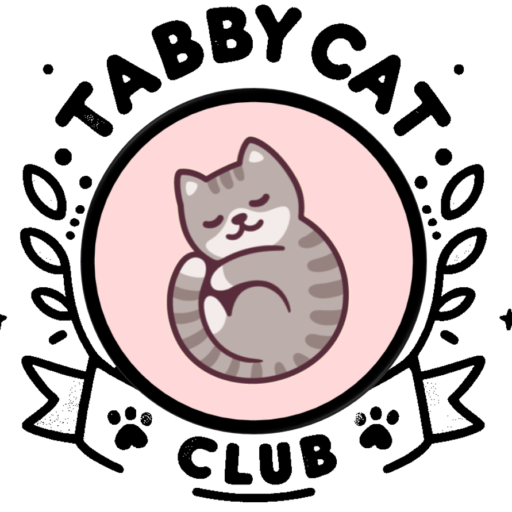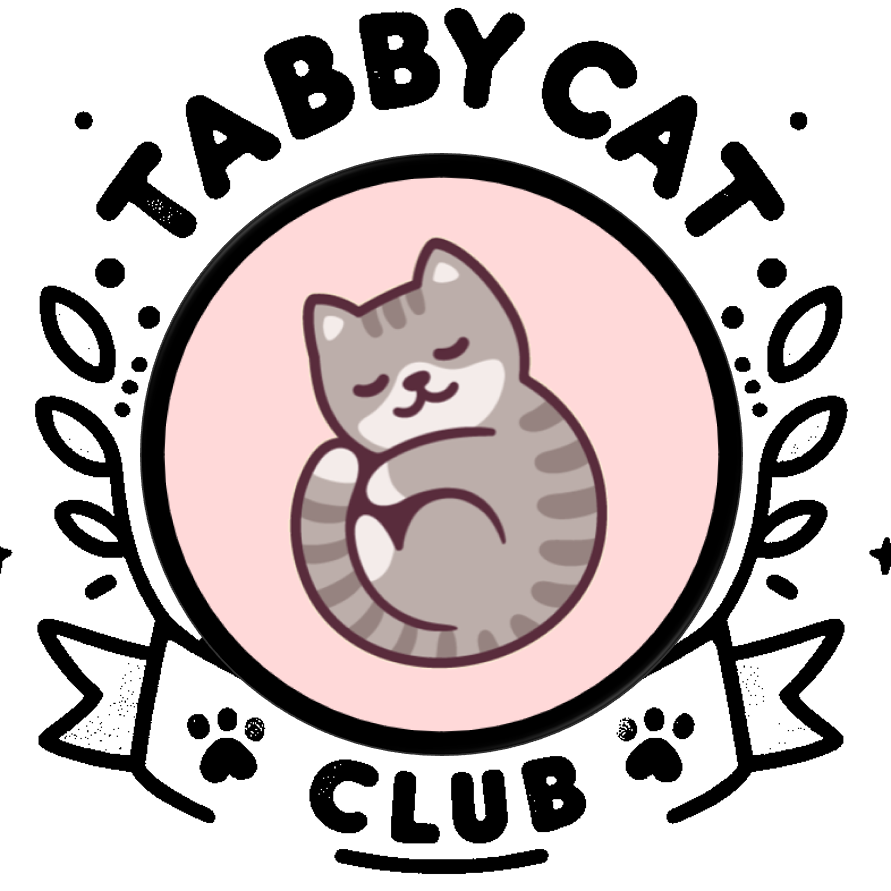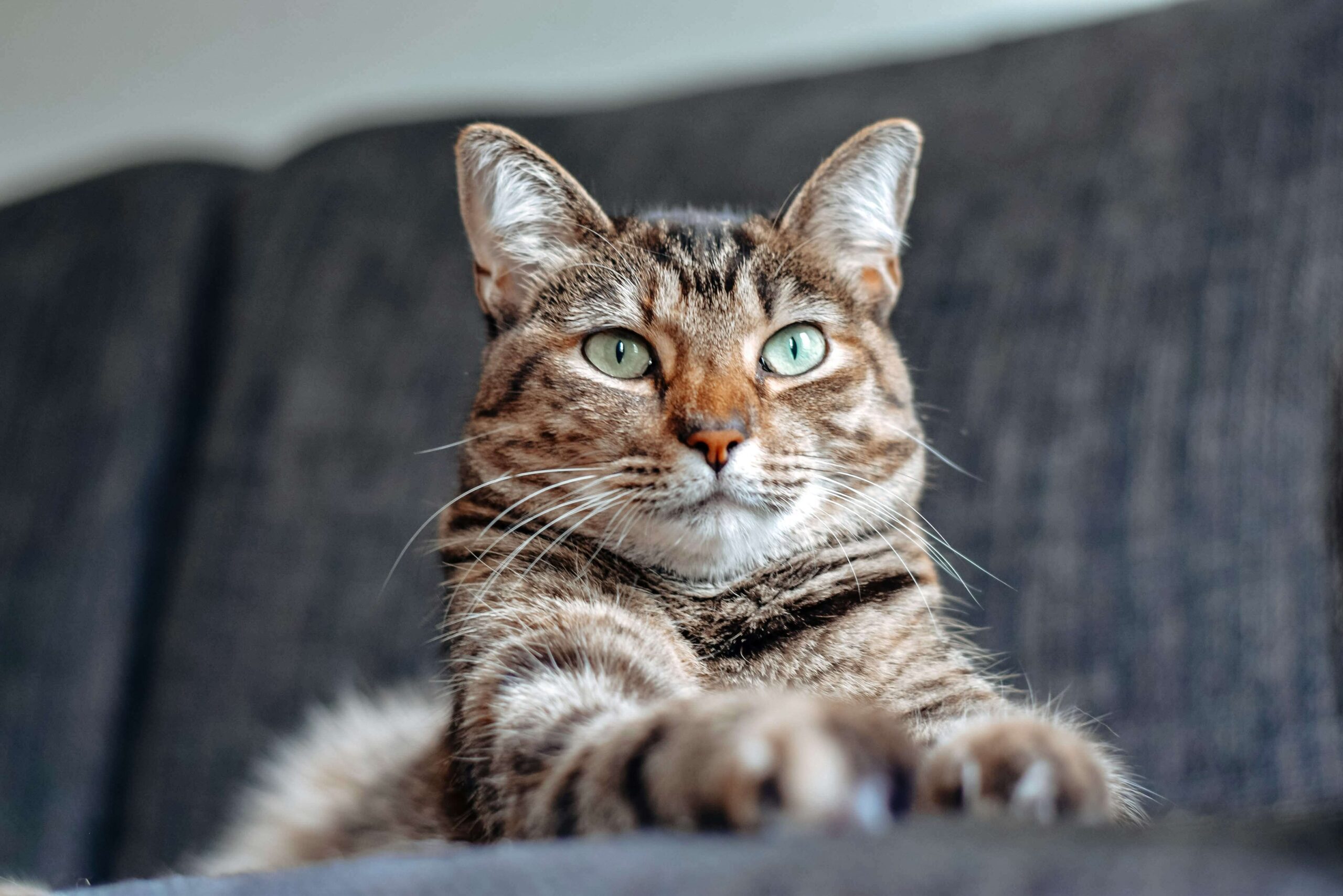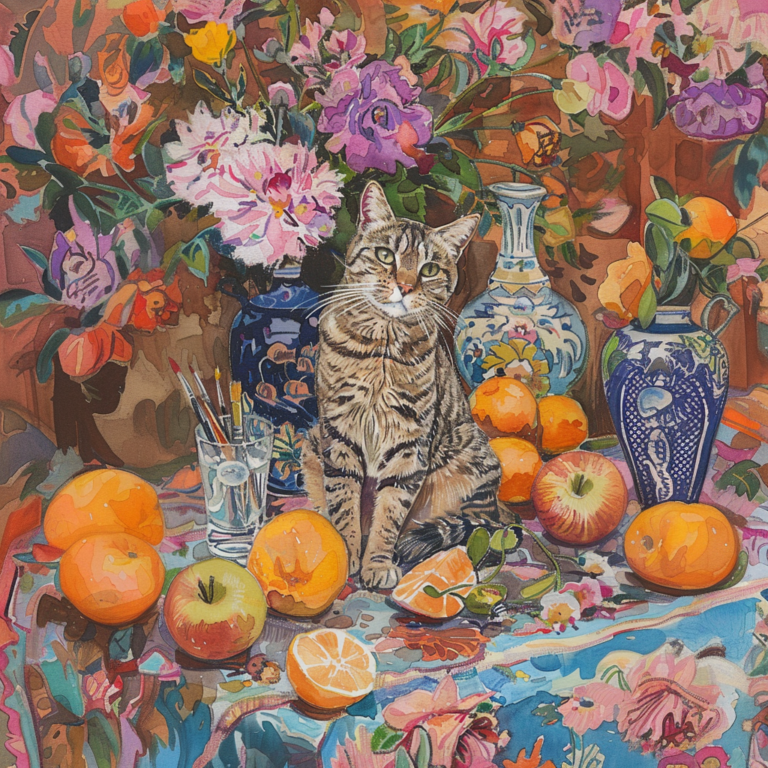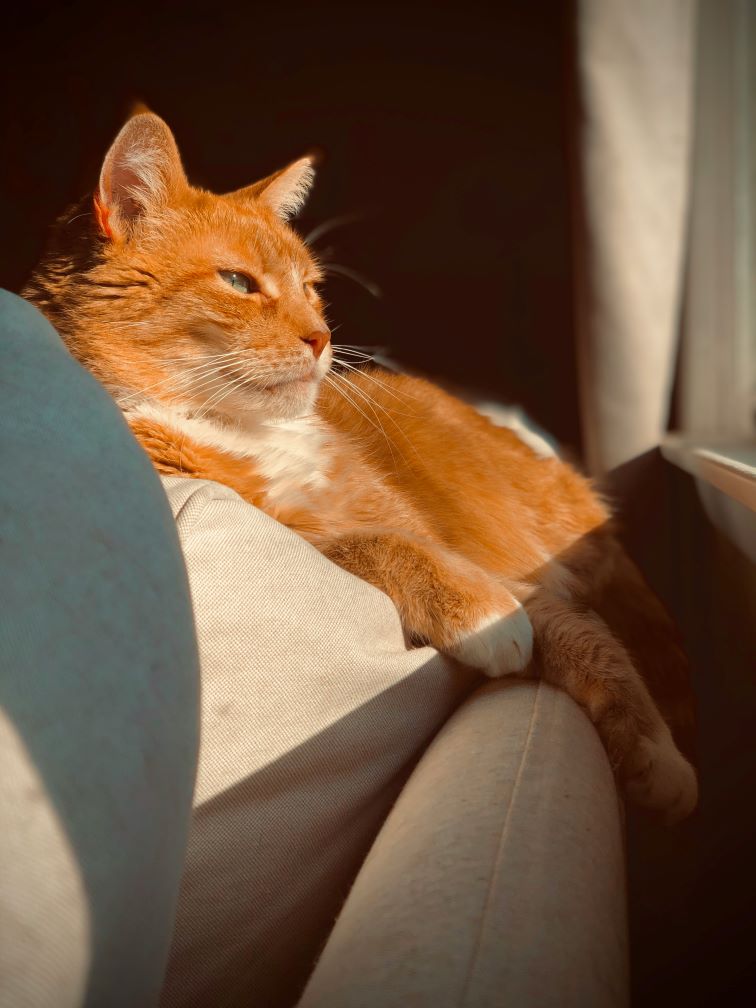Introduction
Tabby cats, with their myriad of patterns and engaging personalities, are a cornerstone of the feline world. Their distinctive tabby markings are not merely for show; they are a rich tapestry of genetics, history, and natural wonder. This comprehensive guide will delve into the enchanting world of tabby coat patterns, providing cat owners with a deeper appreciation for these beloved pets.
Exploring the Variety of Tabby Patterns
Deciphering the Classic Tabby Pattern and More
The term “tabby” encompasses the diverse coat patterns seen in many cat breeds. The classic tabby pattern, with its bold, swirling markings, often resembles a marble cake. Other main types include the mackerel tabby, with narrow stripes reminiscent of a fish skeleton; the spotted tabby, featuring spots of various sizes; and the ticked tabby, where individual hairs have alternating light and dark bands.
The Genetics Behind Tabby Markings
The science of tabby patterns is rooted in genetics. The agouti gene determines the distribution of the tabby coat pattern, while other genes influence the specific type of pattern, such as classic, mackerel, or spotted, and the overall coat color. Interestingly, all domestic cats carry the tabby gene, making the tabby pattern a foundational element of feline coat diversity.
The Evolutionary Advantage of Tabby Patterns
Natural Camouflage and Survival
The tabby coat pattern serves a practical purpose beyond aesthetics. Patterns like the classic tabby and mackerel tabby provide camouflage in natural settings, aiding in stealth during hunting and offering protection from predators. This evolutionary trait showcases the tabby pattern’s role in the survival and success of felines in the wild.
Personality Traits Linked to Tabby Markings
While many believe that certain tabby patterns, such as the affectionate nature often associated with orange tabby cats, correlate with specific personality traits, it’s essential to consider the influence of breed and environment. For instance, Maine Coons and British Shorthairs, which can exhibit tabby patterns, have breed-specific temperaments that also contribute to their behavior.
Care and Wellness for Your Tabby Cat
The Importance of Nutrition and Grooming
A balanced diet is crucial for maintaining the health and vibrancy of your tabby’s coat. High-quality cat food tailored to your cat’s age, breed, and health needs can support their overall well-being. Regular grooming, regardless of whether your cat has a classic tabby pattern or the intricate spots of a spotted tabby, helps in managing shedding and maintaining skin health.
Health Considerations for Tabby Cats
Tabby cats, like all pets, require attentive care to ensure a long and healthy life. Certain breeds that commonly display tabby patterns, such as the Maine Coon and the Egyptian Mau, may have specific health predispositions. Regular veterinary visits are vital for early detection and management of any health issues.
Celebrating Tabby Cats in Culture and Beyond
The Enduring Appeal of Tabby Cats
Tabby cats have held a special place in human culture and hearts for centuries. From the ancient Egyptian Mau, revered in its homeland, to the beloved orange tabby cats found in homes around the world, the tabby pattern is a symbol of feline beauty and mystery.
Embracing Your Tabby’s Unique Identity
Each tabby cat carries a unique set of markings that make them one-of-a-kind. Celebrating these differences, whether your cat sports the classic tabby swirls or the delicate ticking of a ticked tabby, enriches the bond between cat and owner.
Conclusion
The world of tabby cats is as diverse as it is fascinating, with each pattern telling a story of genetic marvels, evolutionary adaptation, and cultural significance. By understanding and appreciating the various tabby patterns—from the classic tabby to the mackerel, spotted, and ticked tabbies—cat owners can forge a deeper connection with their feline friends.
Frequently Asked Questions
What is the common tabby cat pattern?
The most common tabby cat pattern is the mackerel pattern, characterized by narrow, parallel stripes running down the sides of the cat’s body, resembling the skeleton of a fish.
What is the rarest type of tabby cat?
The rarest tabby pattern is the ticked pattern. Unlike other tabbies, ticked tabbies don’t have traditional stripes or spots on their body, but their fur has alternating light and dark bands at the root.
What is the genetic pattern of a tabby cat?
The genetic pattern of a tabby cat is determined by the agouti gene, which controls the distribution of black and orange pigments in the fur, and modifier genes that influence the specific tabby pattern expressed.
Are there different breeds of tabby cats?
Yes, there are different breeds of cats that can have tabby patterns. The tabby pattern is not breed-specific and can appear in various breeds, including Maine Coon, American Shorthair, British Shorthair, and many others.
What are the 5 tabby cat patterns?
Traditionally, there are four main tabby cat patterns: mackerel, classic, spotted, and ticked. Some sources may categorize variations of these patterns or the distribution of colors as a fifth pattern, but generally, only these four are widely recognized.
What is the most common tabby cat?
The most common type of tabby cat is the mackerel tabby, known for its narrow stripes that run perpendicular to the cat’s spine.
What pattern is my cat?
To determine your cat’s pattern, look for key characteristics: mackerel tabbies have narrow stripes, classic tabbies have swirling patterns, spotted tabbies have spots, and ticked tabbies have a salt-and-pepper look without distinct stripes or spots.
What makes a tabby cat?
A tabby cat is made by its distinctive coat pattern featuring stripes, swirls, spots, or a ticked appearance, along with the typical “M” marking on its forehead, regardless of breed.
What personality do tabby cats have?
Tabby cats are known for their playful, affectionate, and curious nature. However, personality can vary greatly depending on the individual cat, its breed, and its upbringing.
Do all tabby cats have stripes?
No, not all tabby cats have stripes. While mackerel and classic tabbies have striped patterns, spotted tabbies have spots, and ticked tabbies feature an agouti pattern without traditional stripes.
